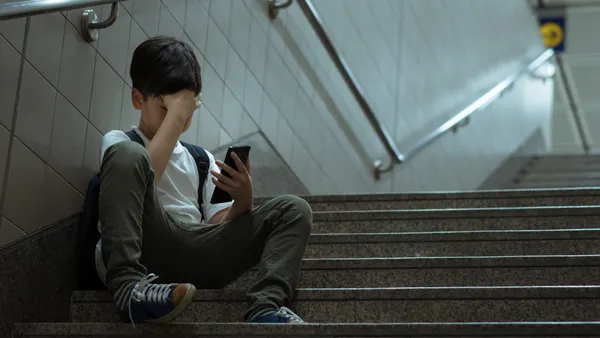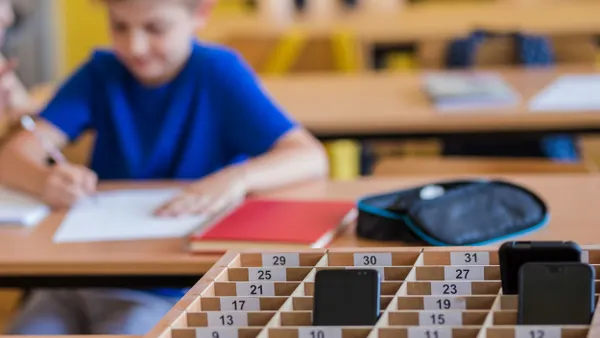Dive Brief:
-
Coinciding with the release of a new report, "The Broadband Imperative III: Driving Connectivity, Access and Student Success," State Educational Technology Directors Association (SETDA) members went to Capitol Hill this week to urge lawmakers to develop initiatives and policies supporting digital equity for all students.
-
As ed tech transforms K-12 classrooms and curricula, many students and schools still lack quality internet access. For example, only 75% of the U.S. rural population has access to high-speed internet, which leaves 14.5 million without it.
-
The association argues federal and state leaders must develop policies ensuring all districts are supplemented with funds to provide broadband speeds that allow for full use of ed tech tools, with education consultant David Warlick calling technology the “pen and paper of our time” in the press release.
Dive Insight:
Another organization, EducationSuperHighway, recently declared "mission accomplished" on efforts to close the connectivity gap, saying 99% of the nation’s schools now have reliable broadband connections at the minimum recommended speed of 100 kbps. Only 743 of the nation’s schools lack connections, and 90% of districts have invested a total of $5 billion in new school WiFi networks since the E-rate program modernized in 2015.
The question now is whether 100 kbsp speed fast enough to accommodate the full range of ed tech needs, from state tests that are going digital to everyday classroom resources — and if so, for how long? The 100 kbps minimum speed recommendation was set in 2014 by the FCC, but SETDA suggests at least 250 kbps to fully accommodate online learning. For reference, data from The Brookings Institution suggests email and web browsing requires speeds of 500 kbps, while digital streaming video needs 500-1,500 kbps.
Then, there remains the problem that millions of students lack WiFi access at home, creating a homework gap. An estimated 17% of U.S. students lack access to computers at home, and 18% don’t have home access to broadband internet. Often, those impacted are students of color and those from low-income families. Janice Flemming-Butler, who has researched internet barriers, says lack of home internet access is the modern equivalent of a time when “black people didn’t have books.”
To help fill the homework gap, some schools offer after-school dinner programs to give students a place to do their homework. Many teachers with students who lack internet access also try to make some class time available. And in Madison County, Iowa, coffee shops, libraries and other locations identify themselves as "student-friendly" with a window decal signaling their WiFi is available to learners free of charge.











